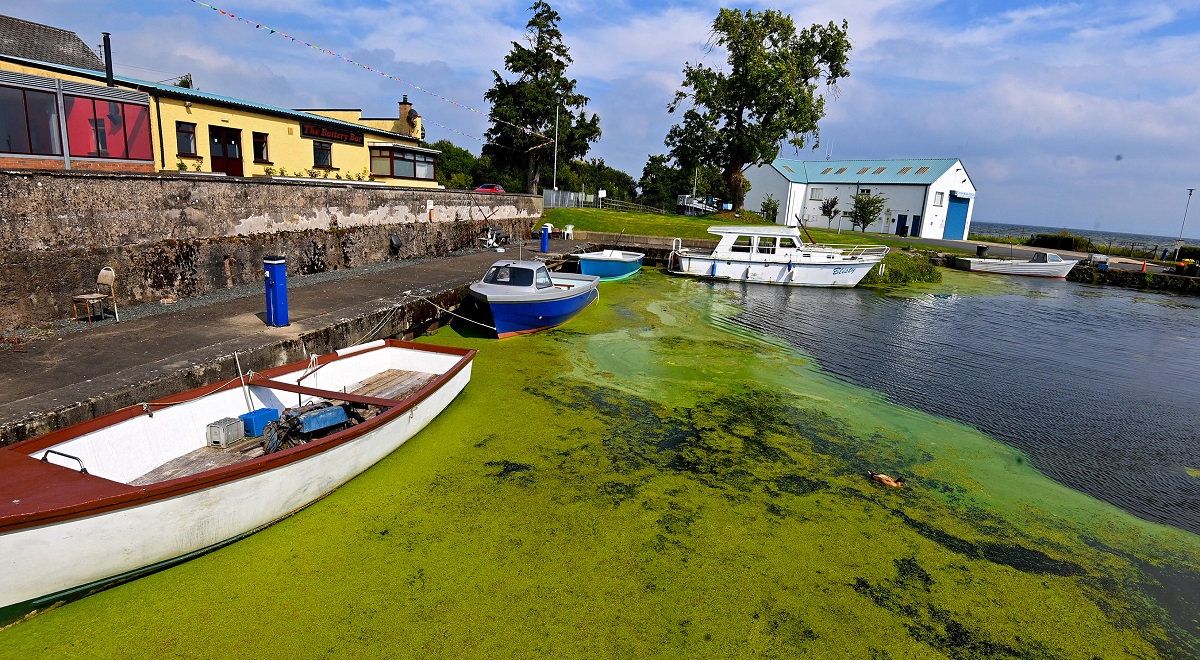RESEARCHERS at Queen’s University have raised alarms over the ongoing blue-green algae crisis on Lough Neagh, identifying it as a significant public health risk.
Their findings confirm that the lough is experiencing the worst category of waterway nutrient pollution, classified as hypertrophic.
The study uncovered more than 12 potentially hazardous microbes, including E coli and salmonella, in over 80 percent of the bacterial DNA tested from algal samples taken from the lough. Among these samples, researchers detected bacteria linked to both animal and human feces, as well as various toxins, including one previously unreported in Ireland.
Commenting on his research, Dr Neil Reid of the Queen’s University School of Biological Sciences said that farmers have a key role to play in addressing the problem.
“No one wants our environment full of potentially nasty bacteria and harmful toxins, so we need to look forward to prioritise ecological restoration and recovery,” he said.
“Farmers are key here. Technological solutions to better use slurry, for example, through anaerobic bio-digestion, as well as good on-farm wastewater management is needed urgently on most farms.
“So-called ‘nature-based solutions’ such as planting vegetation and leaving buffer strips along waterways or creating drainage swales, willow plantations and reedbeds could dramatically reduce the environmental footprint of farming avoiding any conflict with the productivity and profitability of the agriculture sector.”
Dr Reid further called for the government to support a transition for the agricultural sector and said that ‘recent national and local political change’ should foster optimism that the environment and opportunities for change now exist.
The study, which was published by Environment International, stated that a significant investment is needed in wastewater infrastructure.
It also found that the algal bloom that developed in 2023 was likely due to a combination of excess nutrient in the water, the effects of invasive species, and climate change, describing it as “an unprecedented environmental perturbation to an internationally important ecosystem.”
Last month, an action plan was approved by the Executive that intends to address the ongoing challenges facing the waters.
The action plan will include a research programme that will test potential solutions to the ongoing crisis.
This week, DAERA Minister Andrew Muir announced phase one of the plan, which includes a £450,000 initiative to explore solutions to tackle blue-green algae.







